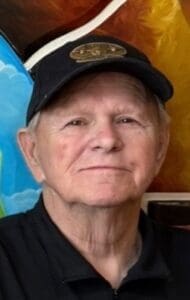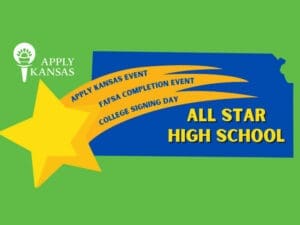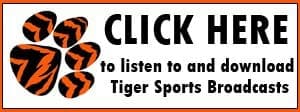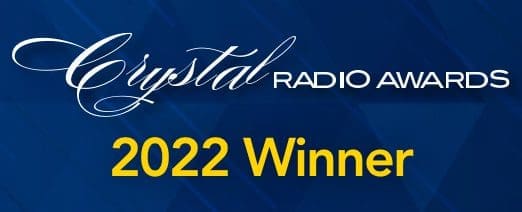
In November of 1932, the First National Bank of Clay Center made headlines across the country when it was robbed by five armed “bandits.”
Entering the 440 Lincoln location five minutes before closing, the men were clad with machine guns and shotguns. They ordered customers and employees alike to hit the ground, while a cashier retrieved cash from the safe. In total, they took between $7,000 and $7,500. ($145,344 to $155,726 today.)
They fled the bank by having customers create a circle around their getaway car, a black Buick. They also took four hostages with them, including the vice president of the bank, James McIntire. In addition, Loren Elliott of Elliott’s Drug Store, Lavena Larson, and Frank Kamphaus were put into the car.
All four were safe and released at the edge of town. Elliott gave a report of the car fleeing down 5th Street to Grant, then turning down an alley due to a passenger train. The car then went west on Court, barely beating the train.
During the robbery, a passerby entered People’s National Bank across the street. Its president, JH Kerby retrieved a revolver and opened fire toward the “machine gun bandits.” They returned fire, hitting the bank. Kerby’s gun jammed and the crew drove away.
Later, their tag of 25-227 was called in. Though it was placed on a Buick, the tag was registered to a 1931 Ford Model A coup registered in Topeka.
The robbery was the first in the area.
First National Bank of Clay Center was chartered in 1883, then closed through a receivership in 1933. A receivership is a court-ordered process of liquidation. From the Stock Market crash in 1929 until its last year-end report in 1932, the bank dropped 28% in total resources.
Today, the building serves as Clarity Eye Care.
Prior to 1863, banks printed their own bills. Then, national charters were issued their own bills through 1935 after FDIC standardized the banking profession.
















